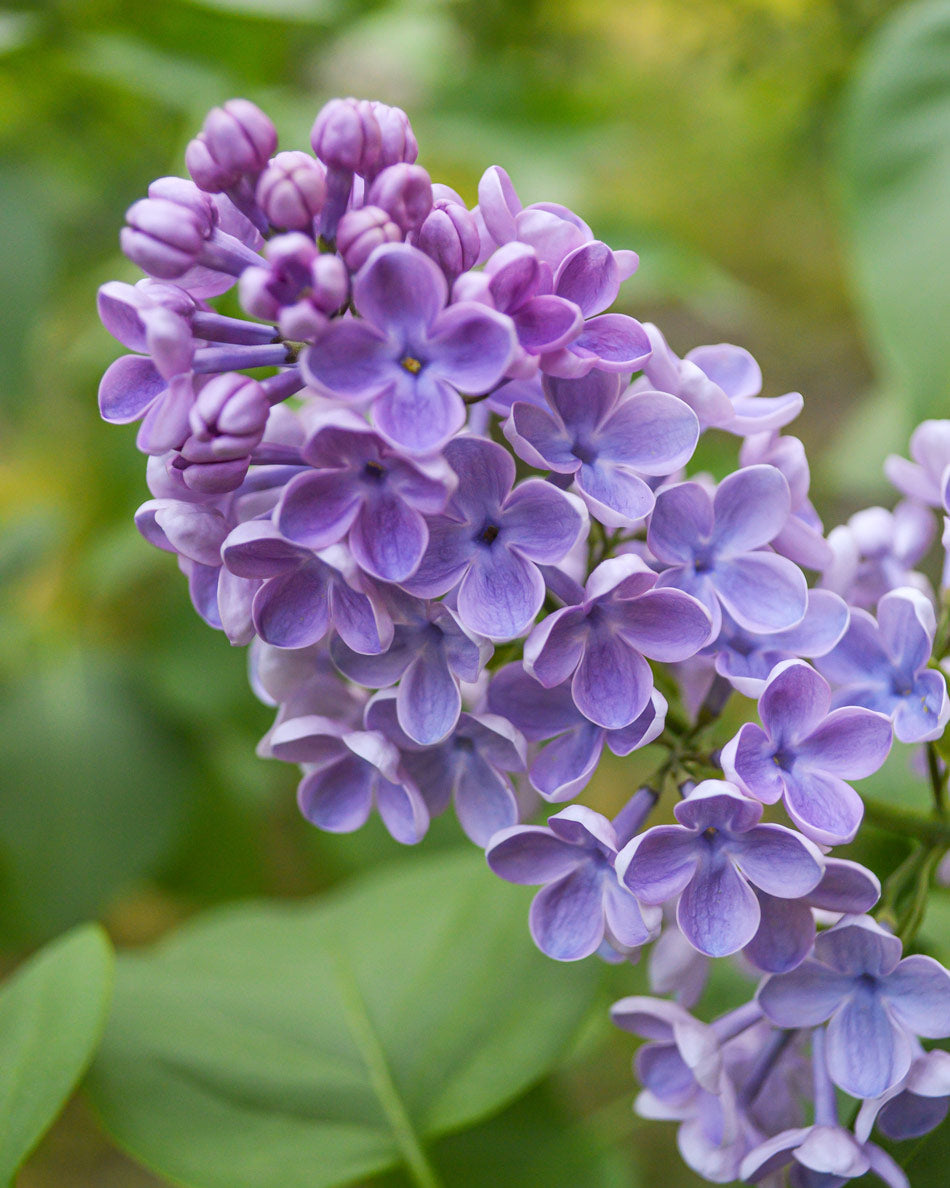Few flowers capture the beauty and nostalgia of spring quite like lilacs. Their delicate pastel blooms and sweet, heady fragrance have made them one of the most beloved garden plants for centuries. From cottage gardens in the United Kingdom to backyard borders in Canada and the United States, lilacs bring both color and charm wherever they bloom.In this article, we’ll explore exactly why everyone loves lilac flowers — their meaning, varieties, care tips, and how to make the most of their intoxicating scent in your home and garden. 🌿🌷 The Timeless Allure of Lilac FlowersThere’s something undeniably magical about lilac season. As soon as these blooms appear in late spring, they transform gardens into fragrant, pastel-hued wonderlands. The sight of cascading lilac clusters swaying in the breeze feels like nature’s way of celebrating renewal and beauty.People love lilac flowers not just for their looks, but for the feelings they evoke — romance, serenity, nostalgia, and joy. Their scent is instantly recognizable, often reminding us of childhood gardens and quiet spring mornings.🌸 The Meaning Behind Lilac FlowersLilacs are rich with symbolism, making them favorites for gardeners and flower lovers alike.Love & Romance: Lilacs are often linked to young love and first emotions of passion.Renewal: Since they bloom in spring, lilacs symbolize new beginnings.Remembrance: In some cultures, lilacs represent cherished memories or moments from the past.Tranquility & Innocence: The soft purple and white tones evoke peace and purity.💜 Fun fact: The color of a lilac can also carry its own meaning — purple represents spirituality and love, while white symbolizes purity and innocence.🌿 Popular Lilac Varieties You’ll AdoreWhen it comes to lilacs, there’s no shortage of choices. Each variety offers its own unique charm and fragrance. Here are some beloved favorites:1. Common Lilac (Syringa vulgaris)The classic lilac you’ve probably smelled before — tall, hardy, and covered in large fragrant blooms.2. Dwarf Korean Lilac (Syringa meyeri ‘Palibin’)Perfect for smaller gardens or patios, this variety stays compact while offering a long blooming period.3. French Lilac (Syringa vulgaris hybrids)Known for their lush, double-petaled blooms and rich color palette — from pale lavender to deep violet.4. White Lilac (Syringa vulgaris ‘Madame Lemoine’)Elegant and timeless, these white clusters add a fresh, classic touch to any garden.5. Persian Lilac (Syringa persica)A graceful shrub with fine-textured foliage and delicate light-purple flowers that bloom earlier than most varieties.🌼 Why Everyone Loves Lilac Flowers in GardensThere’s a reason lilacs appear in so many home gardens — they’re beautiful, low-maintenance, and long-lived. A single lilac shrub can live for decades, rewarding you with fragrant blooms year after year.Here’s what makes them so special:🌿 Fragrance: Their iconic scent can fill an entire garden — and even drift indoors.🎨 Color: Shades range from white to deep violet, with stunning variations in between.🦋 Wildlife-friendly: Bees, butterflies, and hummingbirds adore lilacs.🏡 Versatility: They can serve as garden borders, hedges, or standalone focal points.With the right care, your lilacs will become a centerpiece of your outdoor space for generations.🌞 How to Grow and Care for Lilac FlowersIf you’re inspired to plant your own lilac bush, here’s how to make sure it thrives:1. Choose the Right SpotLilacs love sunshine — at least 6 hours of full sunlight daily. Without it, they may grow foliage but won’t bloom as beautifully.2. Well-Draining SoilThey prefer slightly alkaline, well-drained soil. Avoid soggy areas where water pools after rain.3. Space WiselyLilac bushes need room to breathe. Plant them about 5–15 feet apart, depending on the variety.4. WateringWater deeply once a week, especially in dry weather. Lilacs don’t like “wet feet,” so let the topsoil dry out between waterings.5. PruningPrune right after flowering to shape your shrub and encourage next year’s blooms. Remove old, woody stems for better airflow and healthier growth.6. FeedingFertilize lightly in early spring using a balanced or low-nitrogen fertilizer. Too much nitrogen leads to leaves, not flowers.🌸 Creative Ways to Enjoy Lilacs IndoorsLilacs don’t just belong in the garden — they make stunning indoor arrangements too.💐 Cut Flower Bouquets: Pick lilac stems early in the morning and place them in cool water for the best vase life.🕯️ DIY Lilac Potpourri: Dry the flowers and mix them with lavender or rose petals for a natural home fragrance.🧴 Lilac-Infused Beauty: Lilac-scented candles, soaps, and oils are soothing additions to any self-care routine.Their fragrance has been used in perfumes and bath products for centuries, and for good reason — it’s calming, uplifting, and romantic all at once.💡 Tips for Perfect Lilac Blooms Every Spring✅ Prune after flowering – lilacs bloom on old wood, so trimming in fall removes next year’s buds.✅ Avoid overwatering – too much moisture can cause root rot.✅ Give them time – young lilac plants may take 2–3 years to start blooming.✅ Remove suckers – these small offshoots sap energy from the main plant.✅ Enjoy the scent! – place your lilacs near patios or windows where you can enjoy their perfume.💜 Why Everyone Loves Lilac Flowers – The Final BloomSo, why does everyone love lilac flowers? Because they’re more than just blooms — they’re symbols of springtime joy, timeless beauty, and pure serenity.Lilacs have a way of connecting us to the seasons, to nature, and even to memories of the past. Their scent lingers long after the petals fade, reminding us that beauty can be both simple and unforgettable.Whether you’re planting them in your garden, displaying them in your home, or simply stopping to smell a lilac hedge in bloom, these flowers never fail to enchant.🌷💜 Bring the magic of lilacs into your world — and fall in love with their charm year after year.

